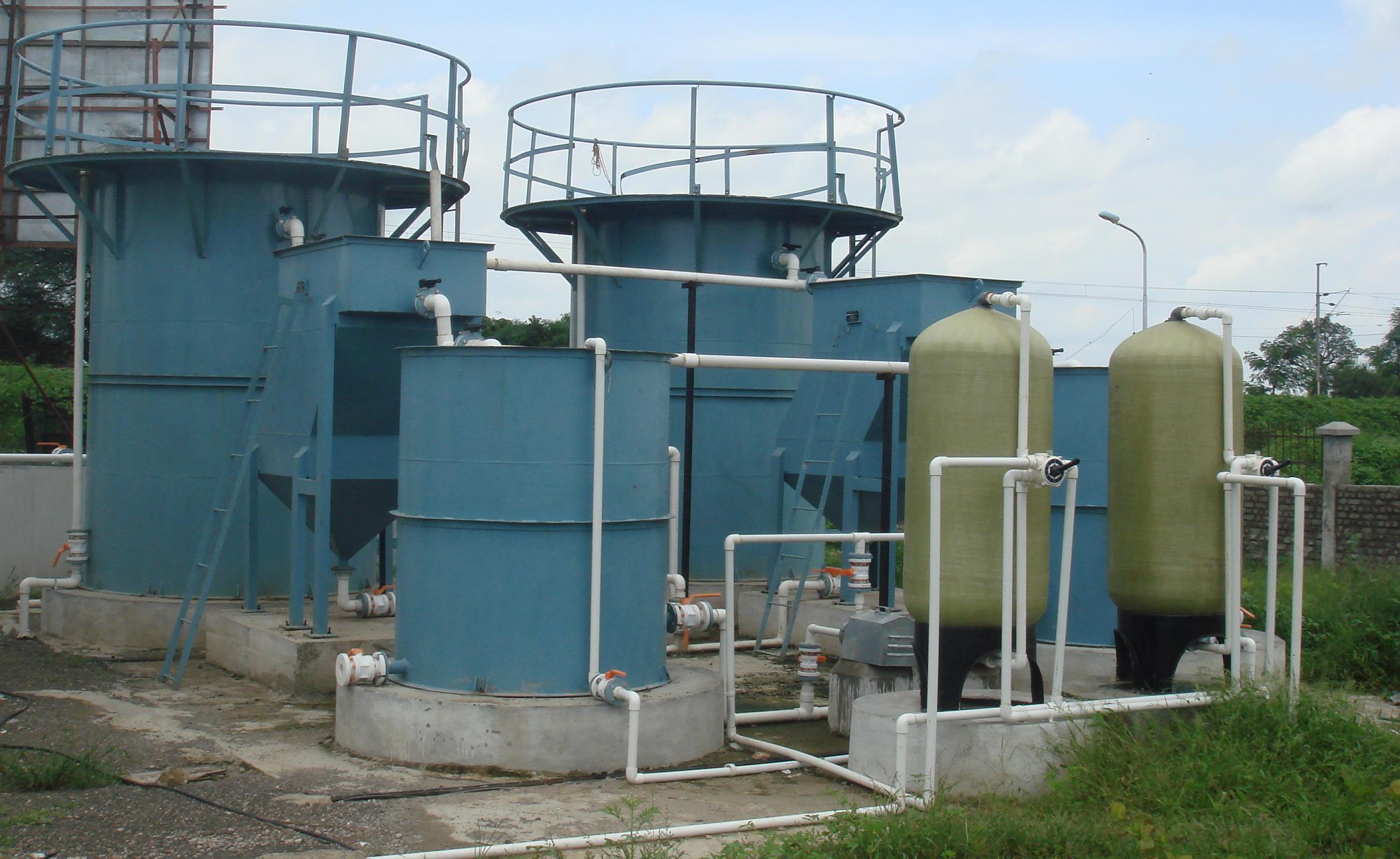Wastewater management in India is becoming an increasingly critical necessity. With a dire lack of resources and rising population, STP management has become very important in India. This has also increased the demand for good STP plants manufacturers in India. With many of the STPs badly designed and operated, a good manufacturer can make a considerable difference.
But before one selects a manufacturer, one must also understand the different methodologies used by manufacturers. Some manufacturers specialise in multiple methodologies, while some specialise in a single technology. The methodology is selected on the basis of the effluent quality and quantity.
Selecting the right methodology according to the effluent is important because it will eventually determine the working of the plant. This is because some methods work better with certain kind of wastes. This means that the output stream is the cleanest one can achieve. It also means less wear and tear on the plant and equipment.
Different Methods Used by STP Plants Manufacturers India
The objectives of the different methods used in STPs is to remove the chemical, biological and physical contaminants in the water. STPs typically treat runoff, domestic sewage and other wastewater.
Physico-Chemical Treatment: This method encompasses few different methods that use the physical and chemical properties of the pollutants in order to remove them from the contaminated stream. Pollutants are first segregated according to their size and different means are used to remove different sized materials.
While filtration, flotation, or gravity are effective inremoving bigger pollutants, these methods usually do not work for small-sized pollutants. Instead, physio-chemical properties are used to segregate these. We use chemicals like coagulants and flocculants to remove the smaller particles. This method is particularly useful with industrial waste where we are dealing with oil, grease, inorganic matter and heavy metals.
Activated Sludge Process: This is the most commonly used method by STP plants manufacturers India. It is also one of the oldest methods used in STPs plants the world over. Its effectiveness in removing bacteria is as high as 90% and 99% in case of viruses. This uses an aerobic process which usually goes through three stages.
A screen is used to removes insoluble particles like plastic and twigs from the raw sewage. This is the primary treatment. In the secondary treatment, oxygen is pumped into the wastewater.This oxygen activates the microbes, which in turn,absorb or reacts with the contaminants and we get sludge or biomass .
The aerated wastewater and sludge is separated. The sludge is either dried and then disposed or it is reused as compost. The aerated wastewater, which is now cleaned, is sent into clean water tank. This clarified water may again go through a tertiary treatment where it is passed through a sand filter and an activated sand filter to remove suspended impurities.
In the end it may again go though ozonation or chlorination to remove all bacteria before being pumped into storage tanks. This treated water is suitable for a host of domestic and agricultural use. There are several modifications to this basic system, which are applied according to the state or nature of the effluent. However, it must be noted that an uninterrupted power supply is imperative for this system.
Membrane bio reactor system: Or MBR is a relatively new method, which is catching on because of its superior effectiveness. This system also uses membranes and the formation of sludge to treat waste. It combines biological decomposition with the membrane technology. The MBR design is far more compact that the activated sludge process because it merges the secondary and tertiary steps of the latter method. The sludge produced in also reduced. In the Indian context, it works best because it is less vulnerable to the vagaries of power supply.
Decentralised Water Treatment System: Or DEWATS combines anaerobic treatment and aerobic treatment to treat sewage. Less effective than the previous two systems, DEWATS advantage lies in its low cost installation and running. It requires minimal operational manpower and input, making it one of the easiest STPs methodology to implement.
Conclusion
As the demand for STPs increase, STP plants manufacturer India are quickly adopting new methods and technologies to treat sewage. However, it is important that these methods are selected according to the particular features of the sewage, especially the quantity and quality.

